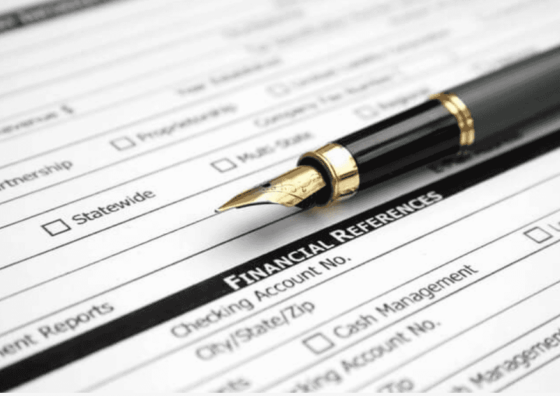Car dealerships use credit bureaus to evaluate borrowers’ creditworthiness and determine their eligibility for financing. Depending on your credit score, car dealers will assess what kind of loan they will offer you.
Credit bureaus sell credit report data to car lenders and dealers. The three major credit bureaus used in the United States are Equifax, Experian, and TransUnion. Although auto lenders may have an increased reliance on Equifax and Experian for insights, TransUnion’s consumer data is also available for release.
If you’re torn between saving up for a car and just applying for a car loan, dive into the world of credit bureaus and understand the factors that can impact loan eligibility. This way, you can improve your chances of an approved car loan.
The Crucial Role of Credit Bureaus in Your Auto Loan Approval
The reports released by Experian, Equifax, and TransUnion come from different sources. They collect and compile credit information from:
- Credit card companies
- Banks
- Other financial institutions
- Public records (i.e., bankruptcies and court judgments)
The credit information gathered from these sources will vary depending on the scoring model used by the credit bureau. Two of the most common scoring models are FICO and VantageScore.
| 💡 Did You Know?
Only 1.2% of US credit holders score 850; depending on the industry, FICO scores can also be as high as 900. |
What is FICO Score?
The FICO (Fair Isaac Corporation) score is a widely used credit rating algorithm. Up to 90% of lenders in the United States use FICO scores to determine the risk of lending to a borrower. To come up with this score, the company integrates different factors.
Below are the factors affecting FICO Scores:
- Payment history (35%): It shows how consistently borrowers have made on-time payments.
- Amounts owed (30%): It considers factors such as credit card balances and overall debt levels.
- Length of credit history (15%): It shows the age of the borrower’s accounts and the time since their last activity.
- Credit mix (10%): It reflects the types of credit accounts used, such as credit cards, installment loans, and mortgages.
- New credit accounts (10%): It shows how many new accounts have been opened recently and the frequency of credit inquiries.
| 📝 Note:
Delinquent payers can negatively impact their FICO score, making securing loans or favorable interest rates harder. This is why you have to be responsible for securing your payments. |
What is VantageScore?
It is a credit scoring system that assesses your creditworthiness based on your credit and payment histories. However, auto lenders do not commonly use VantageScore, although some may have access to it.
FICO vs. VantageScore
FICO requires six months of credit history with active credit usage and potentially multiple scores. Meanwhile, VantageScore only needs borrowing or credit use and an account with a lender or creditor to generate a score.
These two types of scoring models differ slightly in their score ratings. To know which score will give you a good credit standing, check out these range of FICO and VantageScore credit scores:
| Type of Credit | FICO | VantageScore |
| Excellent | 800 – 850 | 781 – 850 |
| Very Good | 740 – 799 | 661 – 780 |
| Good / Fair | 670 – 739 | 601 – 660 |
| Fair / Poor | 580 – 669 | 500 – 600 |
| Poor / Very Poor | 300 – 579 | 300 – 499 |
| 👍 Helpful Articles:
To have an in-depth understanding of credit scores and their benefits, you can refer to these articles: |
Bottom Line
Understanding the credit reporting bureaus used by car dealerships and the scoring models they rely on is crucial when seeking auto loan approval. You can boost your chances of securing an auto loan that meets your needs and budget by improving your creditworthiness.
FAQs on Credit Bureaus Car Dealers Use
What is a credit rating formula?
The credit rating formula is a complex algorithm used by credit rating agencies to assess an individual’s or entity’s creditworthiness. To assign a numerical score or letter grade indicating the likelihood of default, the formula considers various factors such as payment history, credit utilization, length of credit history, and types of credit used.
What are the 5 credit score ratings?
The five credit score ratings are typically expressed as letter grades ranging from A to F, with A being the highest and F being the lowest. The specific rating system may vary depending on the credit scoring model used, but generally, the ratings are as follows:
- Excellent: A or above (usually 720 or higher)
- Good: B (usually 680 -719)
- Fair: C (usually 640 – 679)
- Poor:D (usually 300 – 639)
- Very Poor: f (usually below 300)
Are there other credit bureaus besides the three major ones?
There are other credit bureaus besides the three major ones in the United States. Some examples include Innovis, SageStream, Clarity Services, and Microbilt.




